How to Treat and Cure Foot Cramps
Do you suffer from foot cramps? If so, then you’re not alone. Cramping feet and toes are extremely common, especially in our modern culture (for reasons stated below). It can be a painful condition that may interfere with your ability to relax, sleep or exercise.
Fortunately, there’s hope.
Our favorite podiatrist, Dr. Ray McClanahan of Northwest Foot and Ankle, treats patients with foot cramps on a regular basis. As a matter of fact, it’s one of the most common ailments he hears about. Unlike many traditional podiatrists, Dr. McClanahan believes most foot problems can be treated or cured by restoring natural foot function that has been hindered by conventional footwear. Cramps are no exception, and he’s seen many people recover from their pain using gentle, non-invasive techniques.
Here’s a recent video in which Dr. McClanahan explains the causes of foot cramps and recommended treatments. Continue reading below for a summary of his research and treatment options:
Why Do You Get Foot Cramps?
According to McClanahan, treatment depends on the source of the pain, and there are many medical issues that may result in foot cramps. These include an electrolyte abnormality (i.e., deficiency of potassium, calcium or magnesium), lack of circulation, side effects of certain medications (common with statins taken for cholesterol), or various nerve problems. In these cases, the medical condition must be treated to relieve the foot cramps. More often, however, cramping occurs as the result of simple muscular imbalance.
Most people feel cramps in the bottom plantar intrinsic muscles, also called the arch flexor muscles, which stretch from your heel to the tips of your toes. Most of us living in the modern developed world tend to wear shoes with elevated heels. Studies comparing women who walk in 2” heels to women who walk in flat soles show that heel-wearers tend to have shorter calf muscles, though even slightly elevated heels on casual shoes for both men and women can have similar effects. In addition, most of our conventional shoes feature “toe springs” that prop up the ends of toes above the ball of the foot, which tighten the surrounding muscles even more.
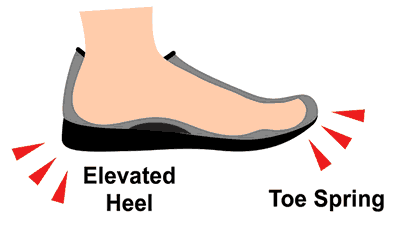
These stressors put those arch flexor muscles right in the middle of a tug-of-war, lengthening them excessively. According to Rebecca Shapiro, LMT Medical Assistant from Dr. McClanahan's clinic: "In general, muscles are more prone to cramping if they are weak, or if they’ve been held in a chronically lengthened position before being asked to flex/contract. In the case of the plantar foot muscles, cramping is common for both reasons. When the brain sends a message for these muscles to contract, the muscle fibers fire in an erratic and disorganized way which is the cause of cramping."
When people complain of foot cramps, Dr. McClanahan often gives them a toe extensor stretch (shown below), which passively helps shorten the lengthened arch muscles. By stretching the toes under the foot, opposite of their position held in shoes with toe springs, many people will immediately feel cramping in the arch of their foot. This is a strong sign that the cramps are occurring from the aforementioned muscle imbalance rather than a side effect of a medical condition. This is usually also the case if you feel cramps while swimming laps in a pool or while sleeping under blankets that push toes down—both situations that put toes in the same downward position as the extensor stretch.
For lengthened arch muscles to function properly again, they need to be returned to their proper “length to tension relationship,” meaning the tension caused by elevated heels and toe springs needs to be relieved for the cramps to go away.
Make the Pain Stop!
So how do you cure foot cramps caused by muscle imbalance? Here are Dr. McClanahan’s recommendations:
1. Wear Flat Footwear
Stay away from elevated heels and toe springs. Minimalist shoes with flat, zero-drop soles that allow your feet to move naturally—such as those made by … oh, just off the top of my head … Softstar Shoes—are designed specifically to allow natural foot function and prevent these muscle imbalance tension issues.
-
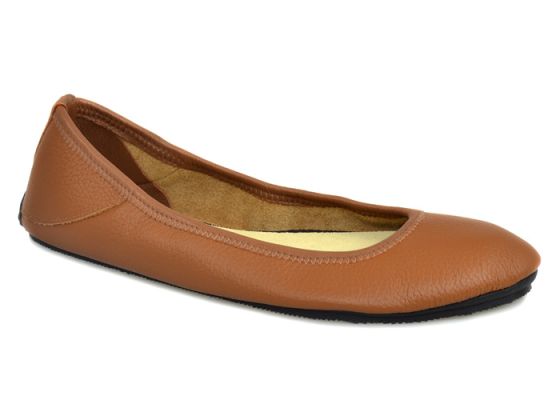
Adult Ballerine Flat
$175.00 -
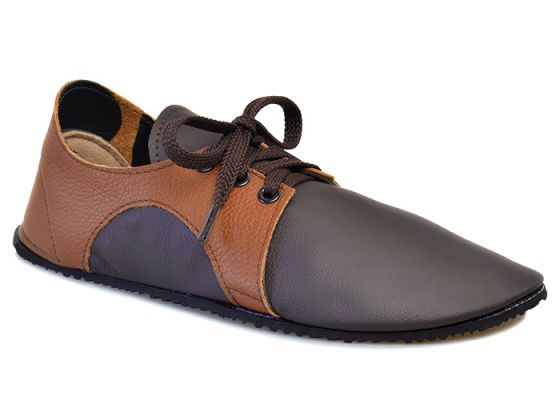
Adult DASH RunAmoc
$170.00 -
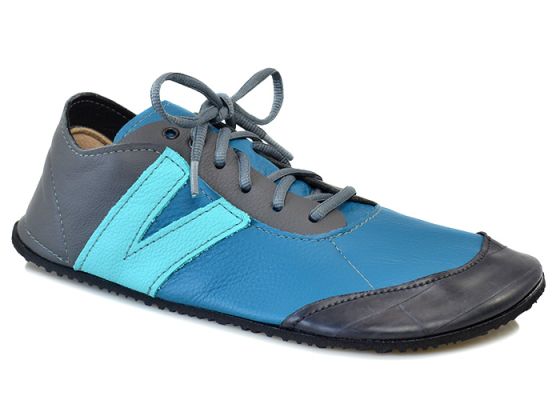
Adult PRIMAL RunAmoc
$185.00 -
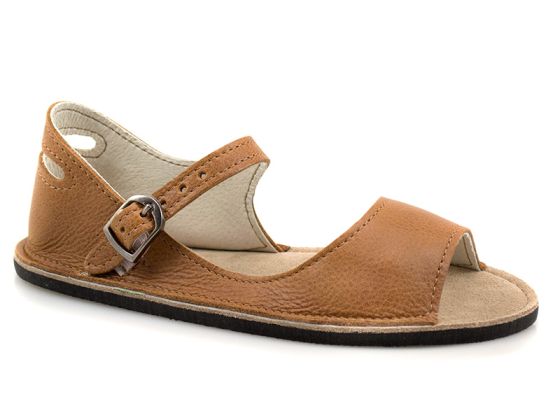
Adult Solstice Sandal
$130.00
Who says stylish shoes have to hurt your feet?
2. Toe Extensor Stretches
As mentioned above, stretching the toes downward is recommended to help reverse the damage. At first, you may only be able to do this stretch for a few seconds. If you feel any pain or cramping, stop and let your foot recover. With some practice, you'll eventually be able to do this stretch for several minutes at a time, and it can be done several times a day as you sit at a desk or perform everyday activities. Here are some tips for doing a proper toe extensor stretch:
With your shoes removed, cross your leg so your foot is in your lap.
Cover your toes with your hand and push them down gently, so that the “knuckles” of the toe are prominent.
Increase the effectiveness of the stretch by gently pushing upward into the metatarsal with your thumb. This the spot where your upper arch meets the ball of your foot.
As an alternate toe extensor stretch you can do while standing or sitting at a desk, simply press your foot gently downward against the floor so your toes are pushed backwards.
3. Use Metatarsal Pads
Known as the anti-orthotic orthotic, these simple pads can be inserted into your shoe so they sit underneath the lower ball of your foot. Unlike arch supports, which Dr. McClanahan believes act as crutches that actually weaken arches, metatarsal pads help restore the natural shape of a foot after it has been malformed from years of wearing shoes that hold your toes upward.
Position metatarsal pads in your shoe so that they sit just below the ball of your foot.
These steps are the start of recovering from foot cramps. For many people it may be enough to keep the pain at bay, but others may find it useful to go further by strengthening the intrinsic arch muscles of your feet or even using Dr. McClanahan's own invention of Correct Toes toe spacers to restore function to feet malformed by conventional footwear.
Disclaimer: we’re shoemakers, not doctors. We’re happy to share the tips of Dr. McClanahan, but we are not qualified to give medical advice ourselves or answer questions regarding medical conditions. For more information, please refer to the website of Dr. McClanahan’s clinic, Northwest Foot and Ankle, or browse foot health tips on the Correct Toes website.

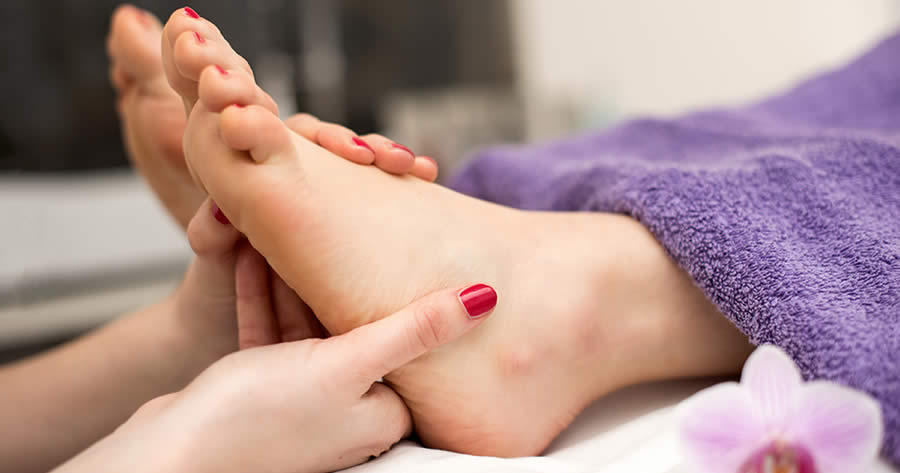



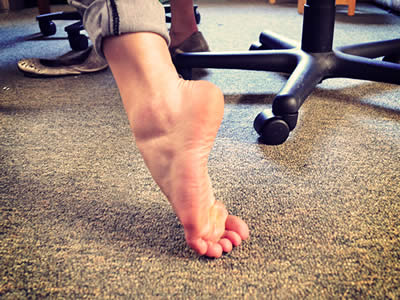


I have seen your video. Thank you.
Recently this cramp always keep happening to me. It will happen on my both feet and it feel very uncomfortable and pain. Actually it really made my day so hard especially during sports time. Its O.k if i do running but its not O.k when i start to play games.
Maybe you can show how its the proper warm up and proper sports shoes to wear.
Thank you.